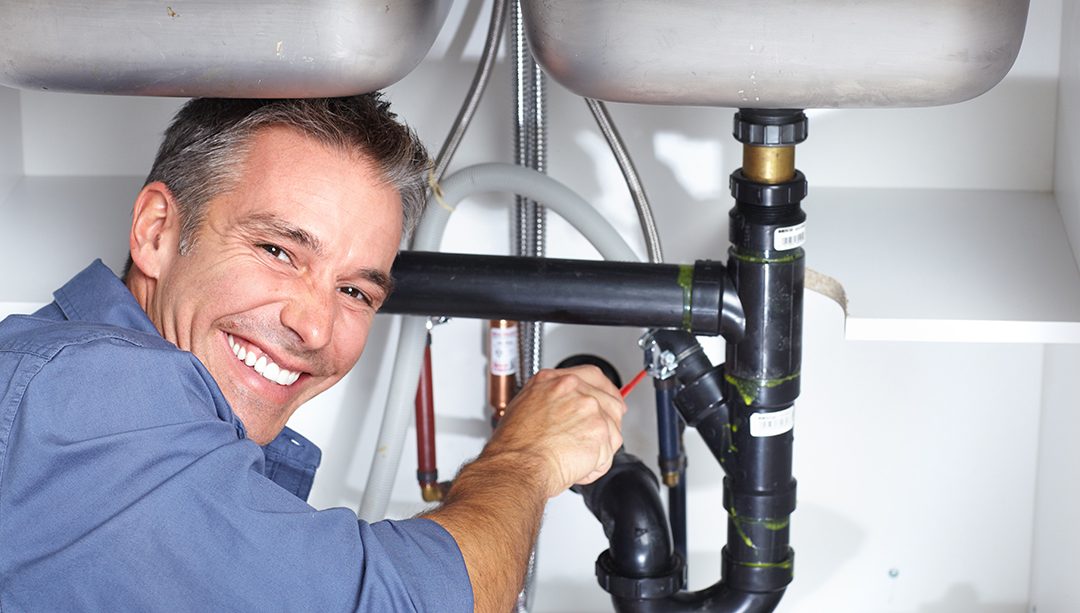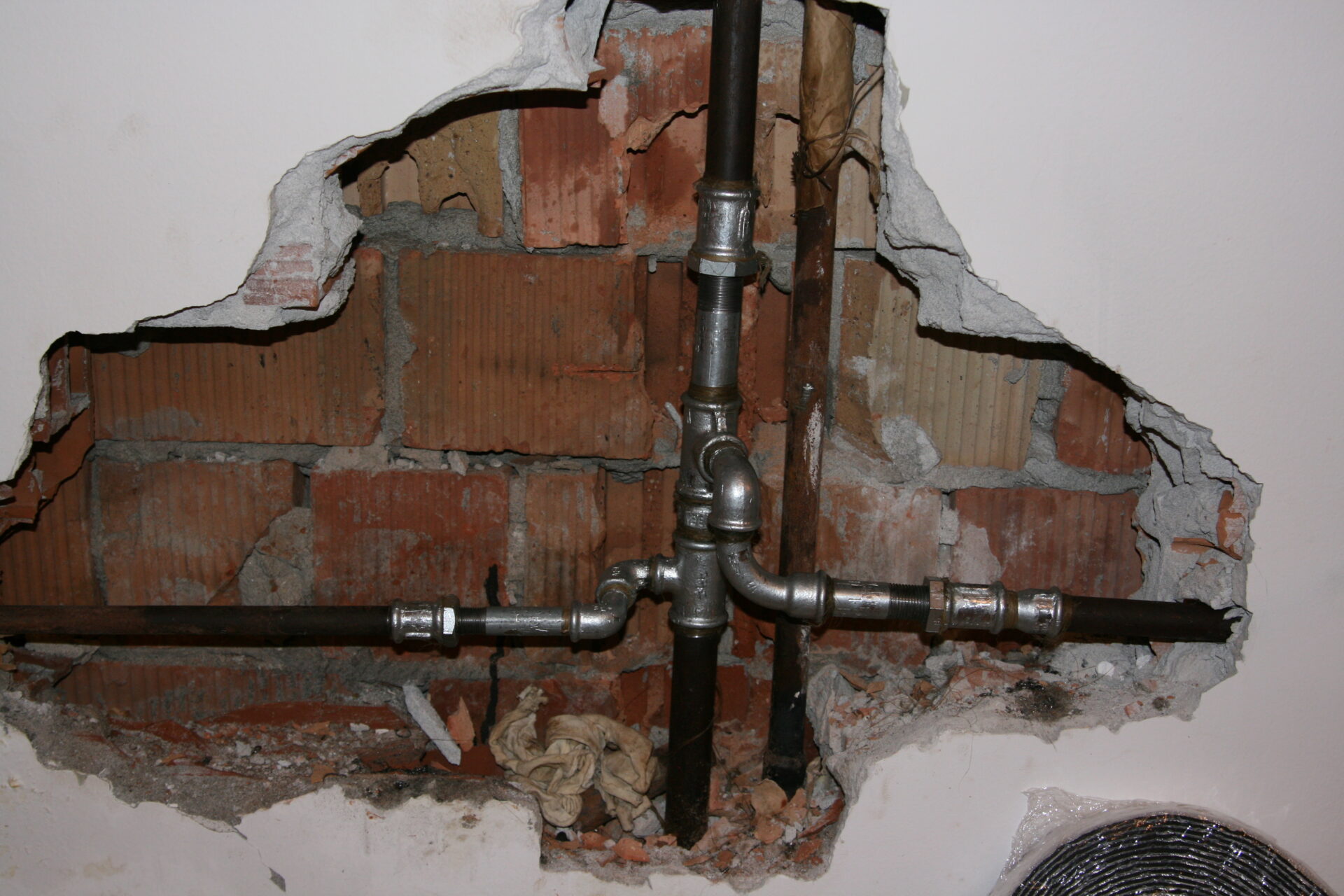What're your thoughts on Common Plumbing Challenges In Old Buildings?

Older homes often feature appeal, personality, and background, however they can also bring a host of plumbing concerns. Whether you're handling maturing pipelines, low tide pressure, or leakages, knowing exactly how to resolve these common troubles is important to maintaining a risk-free and useful home. In this guide, we'll check out the regular plumbing challenges faced by older homes and give functional solutions to keep your pipes in leading shape.
Recognizing Common Plumbing Concerns
Aging Pipes
Among the most usual issues in older homes is aging pipelines. Depending on the age in which your home was constructed, the pipelines could be made from materials that have actually deteriorated gradually, such as galvanized steel, cast iron, or perhaps lead. These materials can wear away, become breakable, or create leaks, causing water damages and potential carcinogen.
Low Tide Pressure
If you're experiencing low water pressure, maybe as a result of mineral deposits, deterioration inside the pipes, or old fixtures that are no more operating efficiently. This can be a major trouble, especially in areas like showers and sinks.
Dripping Pipes
Leakages are an additional constant concern in older homes, usually triggered by rusty or worn-out pipes. Even little leaks can result in considerable water damages, mold and mildew development, and raised water bills if not resolved immediately.
Obsolete Components
Outdated plumbing components such as faucets, bathrooms, and showerheads not just look old yet might additionally be much less reliable, prone to leakages, or incompatible with modern pipes requirements.
Pipe Rust
Rust is a typical issue in older pipes, especially those made from galvanized steel or cast iron. Rusty pipes can restrict water flow, cause discoloration, and eventually lead to leakages or pipe ruptureds.
Analyzing the Problem of Your Pipes
Checking Visible Pipes
Beginning by checking any noticeable pipelines in your house, such as those in cellars, crawl spaces, or under sinks. Look for signs of corrosion, leakages, or corrosion, which can suggest underlying issues.
Looking for Leaks
Look for leakages by examining areas around taps, commodes, and under sinks. You can likewise check your water meter before and after a period of no water make use of to identify concealed leaks.
Water Quality Testing
Older pipelines can influence the high quality of your water. Conduct a water quality examination to look for contaminants such as lead, corrosion, or various other pollutants that may be presented by maturing pipes.
Solutions for Usual Pipes Problems
Replacing Aging Pipelines
If your home has old, wearing away pipelines, think about replacing them with modern products like copper or PEX. This can be a considerable investment, yet it will prevent future concerns and enhance the safety and security and dependability of your pipes system.
Taking Care Of Low Water Stress
To repair low water stress, begin by cleansing or replacing old components and eliminating mineral buildup in the pipelines. If the issue lingers, it may be essential to replace areas of corroded pipelines.
Repairing and Changing Leaking Pipelines
For small leakages, you can make use of pipe clamps or epoxy putty as a short-term solution. Nevertheless, it's best to replace dripping pipes completely to prevent further damage.
Updating Fixtures
Upgrading old components to modern, water-efficient versions can improve your home's pipes efficiency and decrease water intake. Look for fixtures with the WaterSense tag for the best effectiveness.
Dealing with Pipe Rust
If your pipelines are corroded, changing them with corrosion-resistant materials like copper, PVC, or PEX is the best option. Normal evaluations and water high quality upkeep can help prevent even more deterioration.
When to Call a Professional
While some plumbing problems can be managed with DIY services, there are times when it's ideal to call in an expert. If you're taking care of significant leakages, extensive rust, or are unclear concerning the condition of your pipes, a certified plumbing technician can give professional assessment and repair service.
Preventive Upkeep Tips
Routine Examinations
Regularly inspect your pipes system for signs of damage. Capturing concerns early can protect against pricey fixings down the line.
Water Pressure Guideline
Ensure your water pressure is within the suggested variety to prevent worrying your pipelines and components. A plumber can install a stress regulatory authority if required.
Water High Quality Upkeep
Mount water filters or conditioners if your water high quality is poor. This can safeguard your pipes and fixtures from damages caused by tough water or impurities.
Aggressive Pipeline Replacement
If your home has very old pipelines, take into consideration proactive replacement prior to significant concerns occur. This can save you from emergency situation fixings and water damage.
Verdict
Managing plumbing issues in older homes calls for a combination of vigilance, preventative upkeep, and timely upgrades. By understanding the usual difficulties and recognizing when to seek professional aid, you can guarantee your plumbing system continues to be practical and trustworthy for many years to come.
Common Plumbing Issues in Older Homes and How to Fix Them
Owning an older home in Australia comes with its unique charm and a set of challenges, especially when it comes to plumbing. The Sunshine Coast has many older properties that can harbour plumbing problems that aren t just inconvenient but potentially costly. Here s a look at some common plumbing issues in older homes and expert advice on how to handle them.
Outdated Piping Materials
Many older homes were built with galvanised steel, cast iron, or even lead pipes, materials that are far from ideal by today s standards. Galvanised pipes are prone to corrosion and clogging, while lead pipes pose serious health risks.
How to Fix:
Replacing old pipes is a job for a professional. Upgrading to copper or PVC piping not only enhances water quality and flow but also increases the property s safety and value. If you suspect your home has outdated materials, a licensed plumber can conduct a thorough inspection and recommend the best course of action.
Corrosion and Pipe Degradation
Over time, exposure to water and minerals can cause pipes to corrode, leading to leaks, bursts, and water contamination. Corrosion is especially common in homes over 50 years old.
How to Fix:
Regular inspections can catch early signs of corrosion. If corrosion is found, the affected section of piping often needs to be replaced. For homes with extensive corrosion, a complete plumbing overhaul might be necessary. It s crucial to consult with a plumbing expert to understand the extent of the issue.
Tree Root Intrusion
Older neighbourhoods usually have mature trees whose roots can intrude into pipe lines, causing blockages or damage. This is particularly problematic for sewer lines, where roots seek out water sources.
How to Fix:
A plumber can use a specialised camera to inspect sewer lines for root intrusion. If roots are a problem, methods like root cutting or hydro-jetting can clear the obstruction. In severe cases, part of the pipe may need replacing. Consider root barriers around the piping to prevent future issues.
Inadequate Water Pressure
Low water pressure in older homes can be due to various factors, including corroded water lines, sediment build-up in pipes, or outdated fixtures.
How to Fix:
First, check if the low pressure is isolated to one area or throughout the house. Replacing old fixtures can sometimes resolve the issue. However, if the problem is more widespread, it might be due to sediment or corrosion. Flushing the system or replacing the affected pipes usually restores normal pressure. Again, a professional assessment is advisable.
Outdated Fixtures
Older homes often feature fixtures that are not only visually dated but functionally inefficient. This includes everything from toilets and taps to showerheads and washing machine hoses.
How to Fix:
Updating these fixtures can improve both water efficiency and the aesthetic appeal of your home. Modern fixtures are designed to conserve water, which can significantly reduce your water bill and lessen your environmental impact.
Conclusion
Maintaining the plumbing in an older home requires a proactive approach. Regular checks and updates are key to preserving these beautiful properties. If you re facing plumbing issues in your older home, it s best to call on experienced professionals like Green & Gold Plumbing & Gas. With the right expertise, even the most daunting plumbing problems can be resolved, ensuring that your home s character is maintained while its functionality is enhanced.
https://gandgplumbing.com.au/common-plumbing-issues-in-older-homes-and-how-to-fix-them/

Hopefully you enjoyed our article on Main Plumbing Issues Found in Old Houses. Thanks a ton for taking time to browse our short article. Do you know about another individual who is enthusiastic about the niche? Be sure share it. Bless you for your time. Don't hesitate to check up our blog back soon.
Click Here